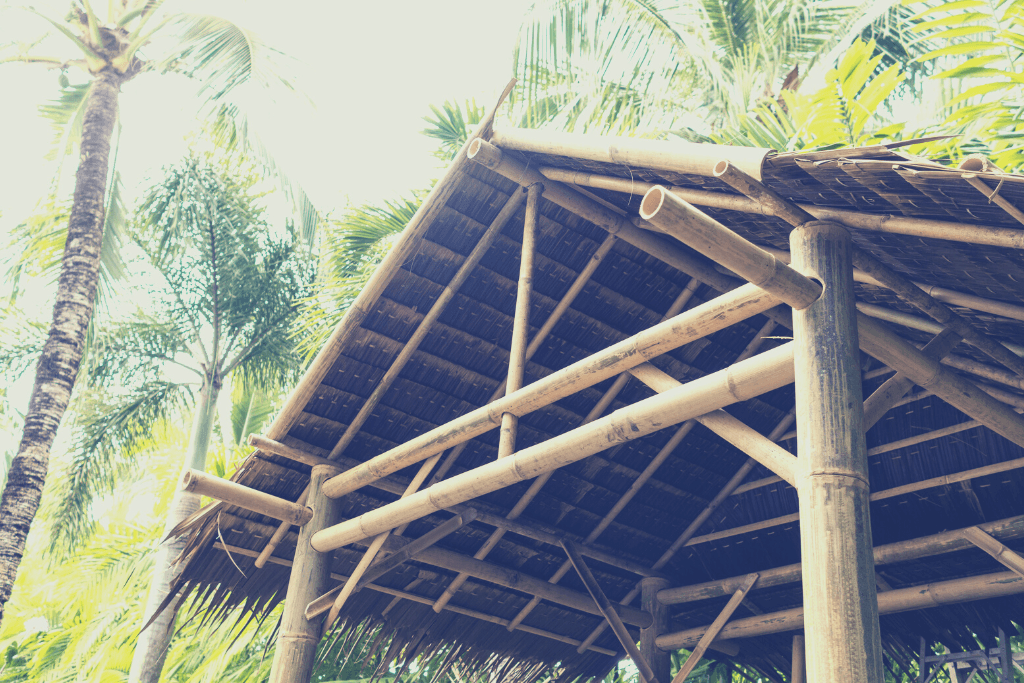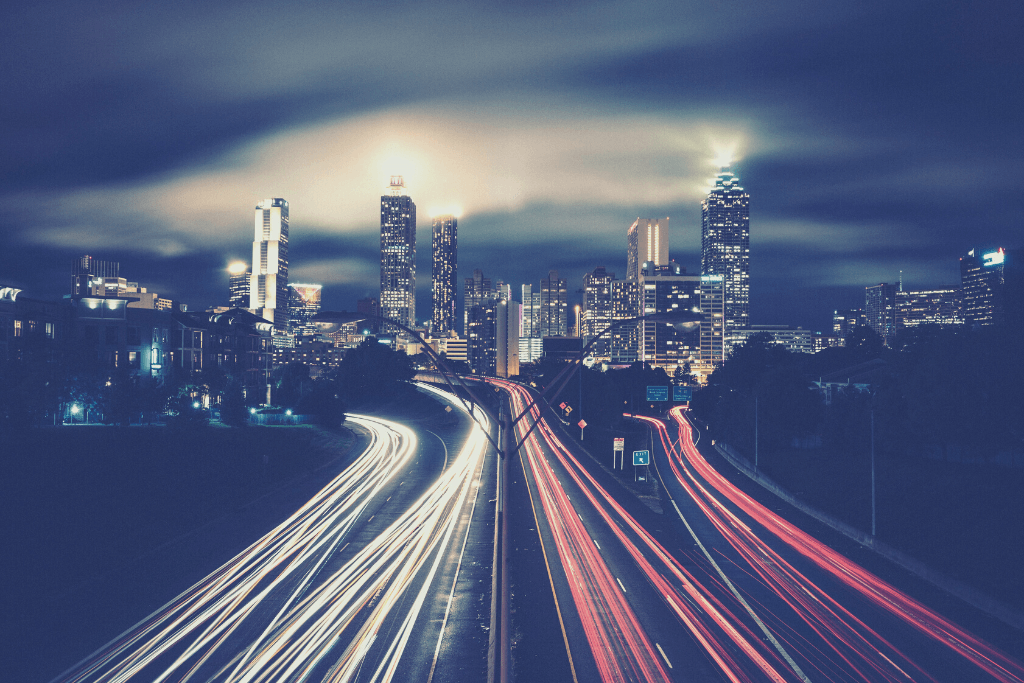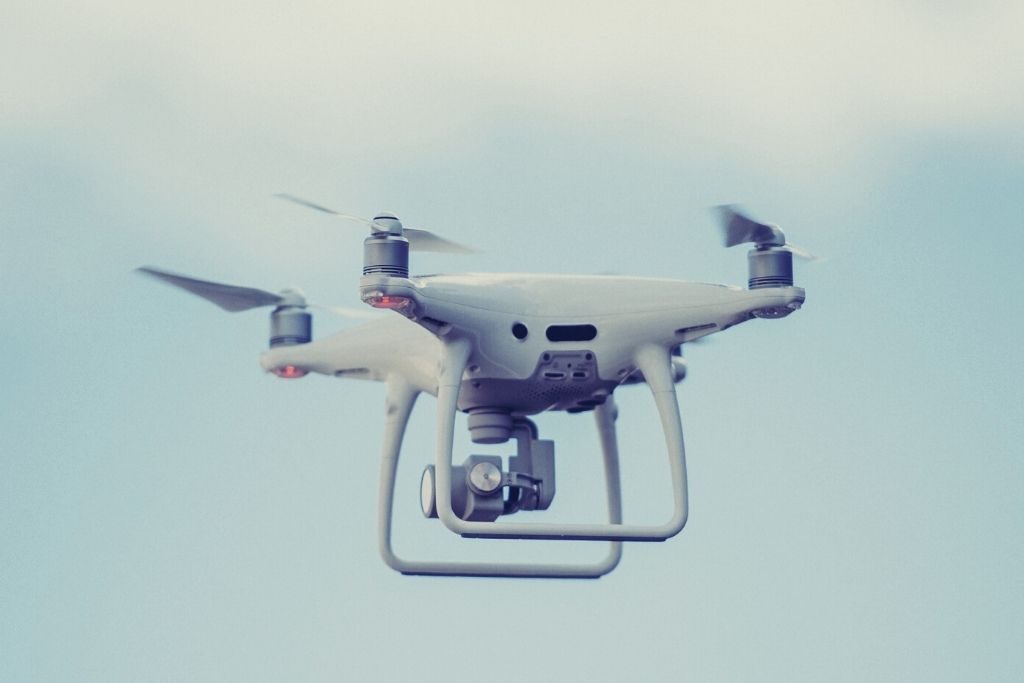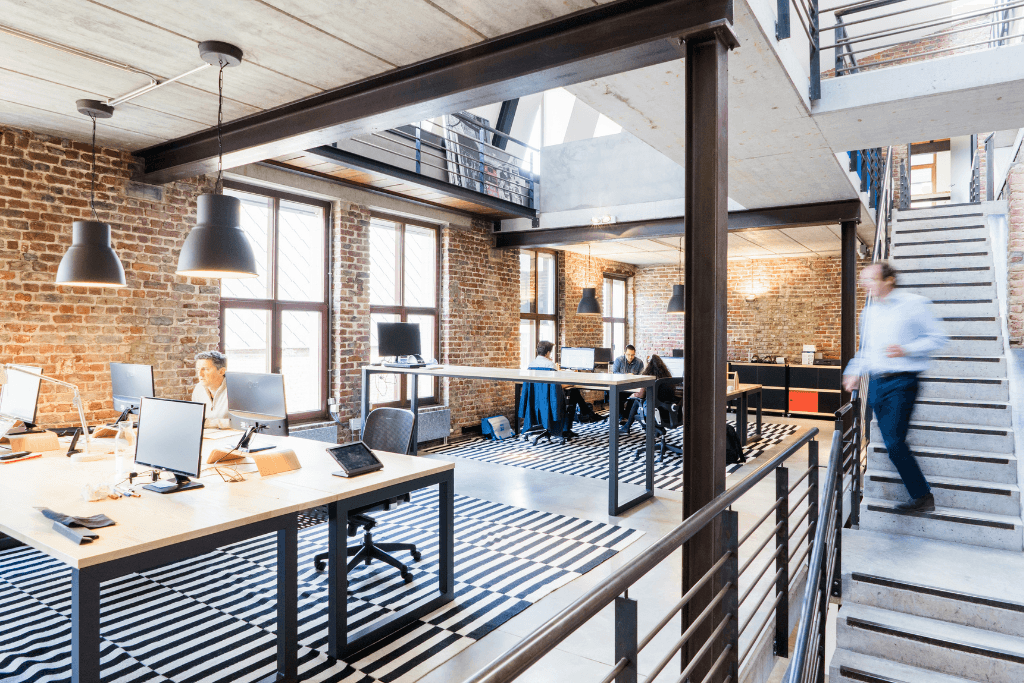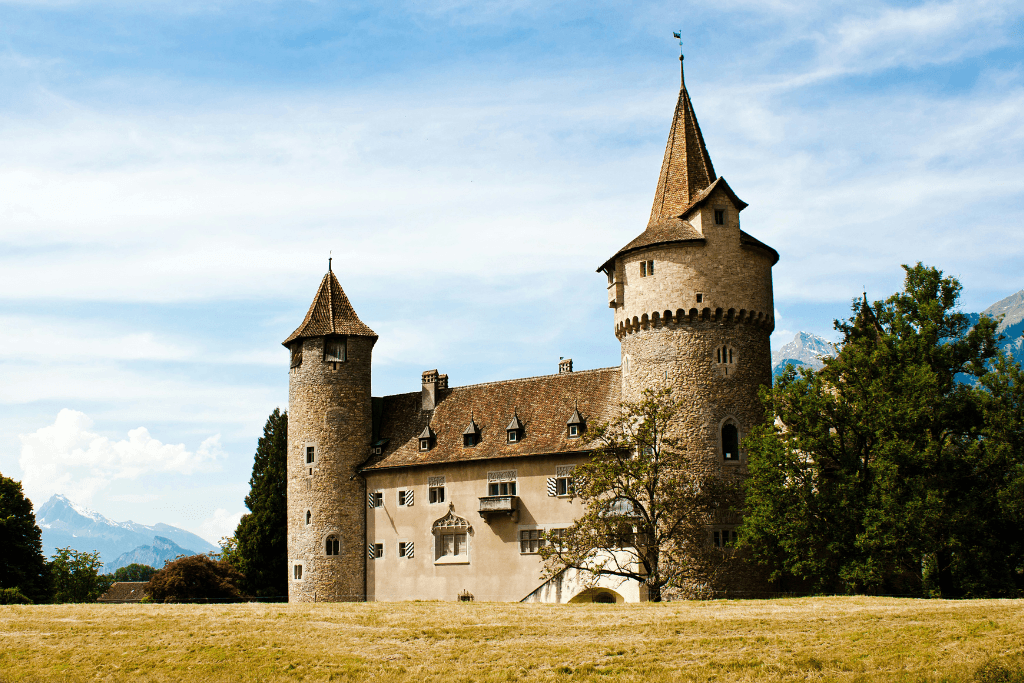Imagine stepping into a virtual city and having control over whether it will survive and flourish or struggle and perish. You’ll need to find the perfect balance of available resources—energy, roads, waterways, residential homes, and commercial buildings—to build a livable and thriving city.
This scenario may seem realistic, but it actually plays out in a virtual world. This is Sustain-a-city, a virtual reality (VR) game designed to demonstrate the concept of sustainable urban planning. It’s just one of the ways to harness VR for the coming wave of urbanization.
According to Dr. Anja Meyer-Jürgens, Vice President for Digital Strategy & Transformation at dormakaba, VR is set to accelerate the speed of the urban revolution towards smarter cities.
“We are now in the age of digital transformation,” says Dr. Meyer-Jürgens. And she believes that tapping into the VR revolution will require an innovative mindset.
“The question is not whether something will work; it’s how companies will use it,” she explains. “Working with digital technology, and VR in particular, is completely different – it’s agile and exploratory.”
The state of virtual reality
A 2018 report estimates the worldwide virtual reality market to grow at a rate of almost 60% between 2018 and 2023, reaching a value of $49.7 billion by 2023. Another 2018 survey found that real estate (including virtual showings and construction) is one of the industries which will see the most investment in VR technology or content within the coming year.
Virtual reality is commonly associated with the gaming and entertainment realm, with users immersing themselves in computer-generated worlds. Yet the technology could play a vital role to revolutionize urban living, with the potential to transform urban landscapes across the globe.
Visualization through virtualization
Virtual reality is a step up from 3-D modeling. 3-D models provide a detailed view of a space, but VR enables people to immerse themselves in the details of that space.
Through virtual reality, tenants or homeowners can take a tour of their future home as well as the environment around it—the buildings and parks nearby, pedestrian traffic on footpaths, vehicle traffic on streets. They can walk through their living space and its surroundings as though they were actually there. This is the case for the Katara Cultural Village in Doha, Qatar, with a VR experience showcasing current developments and future plans.
The opportunities which VR posit in the world of building technologies are limitless: For architects and other stakeholders, VR offers a way to visualize interior and exterior elements, taking into account different factors that might have an impact on design and construction. Elements such as light, heat, safety features, and security and access controls could be overlaid and simulated on a VR environment to assess their effects and identify areas for improvement.
Increased visibility with virtual reality
Bringing the imagined worlds of virtual reality to life is possible no matter the location. This could promote more effective collaboration between remote project teams, and could be especially helpful for projects in areas which are difficult to access.
For instance, Build Change used virtual reality as part of its rebuilding efforts in Nepal. The nonprofit organization helps communities build disaster-resistant houses and schools. Build Change created a virtual tour of Nepal’s Elephant village to show the extent of the damage brought about by the 2015 earthquakes, and help on-site and off-site teams understand the changes needed to seismically retrofit earthquake-damaged houses.
Using VR to enhance urban landscapes
As a revolutionary technology, VR holds promise in revitalizing the urban landscapes of cities. For instance, researchers at North Carolina State University turned to virtual reality to study how city dwellers perceive green spaces in certain urban environments. In the virtual downtown plaza setting, respondents reported wanting “to be surrounded by as much green vegetation as possible.” However, in the neighborhood park scenario, they preferred the opposite, with enclosed vegetation making them feel unsafe.
Using VR in this manner could help architects and planners make more informed decisions when it comes to urban design. This VR use case could even be extended to create better pedestrian pathways, improve public transit, and preserve historic buildings.
VR as a tool for civic engagement
For urban planners, virtual reality could be a way to engage communities in urban development projects. Instead of the usual 2-D architectural plans and 3-D scale models, a virtual simulation could provide a more realistic view, allowing citizens to interact with and explore projects. Citizens could then use this experience to provide more insightful feedback.
In Canberra, Australia, Transport Canberra created a virtual reality tour of the upcoming light rail development so the public can share their views on routes, stops, and other changes. A VR experience was also built for those in Canberra’s district of Gungahlin to see what the completed bus station, shared zone, and town center will look like and have their say. In UK, London Cycling Campaign used VR to propose a bike lane and other improvements along the high-traffic stretch of London Boulevard.
The future is bright for virtual reality
More specialized VR tools, such as the prototype developed by Carnegie Mellon University, could pave the way for envisioning a brighter future for cities. Meanwhile, the rise of social VR—where people come together in a virtual world—could enable designers, urban planners, and other stakeholders to collaborate on shared virtual architectural models. As VR technology matures and becomes more accessible, the possibilities abound for virtual reality in urban living. Despite challenges in innovation and adaptation, Dr. Meyer-Jürgens concludes,“It always needs to be virtual and real at the same time. That is the true challenge in virtual reality.”


